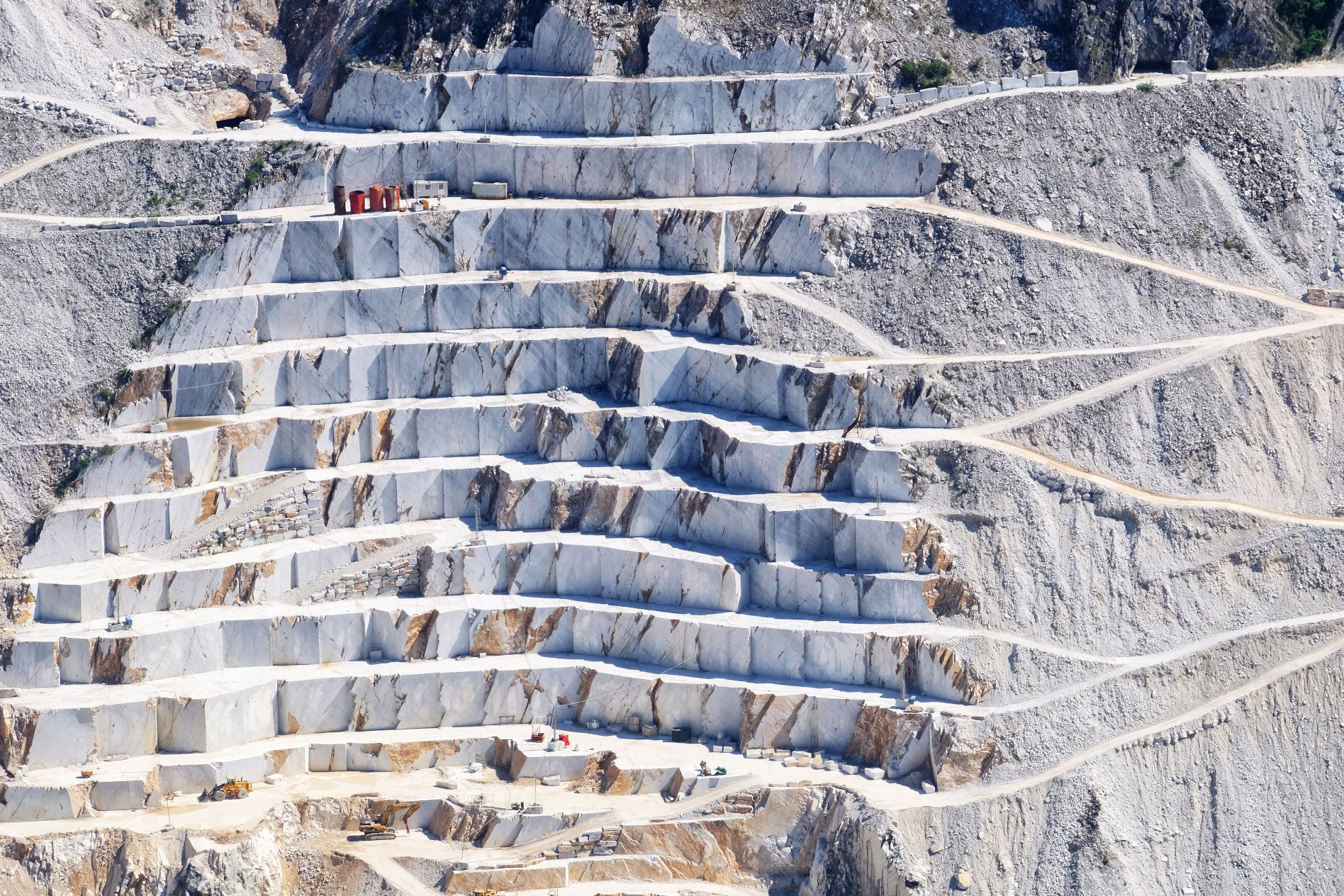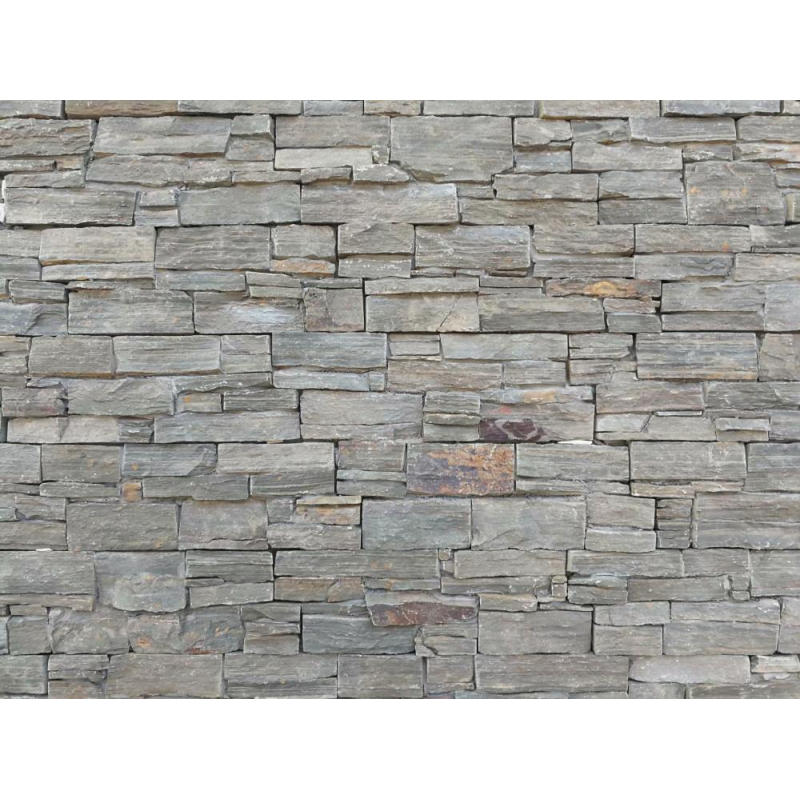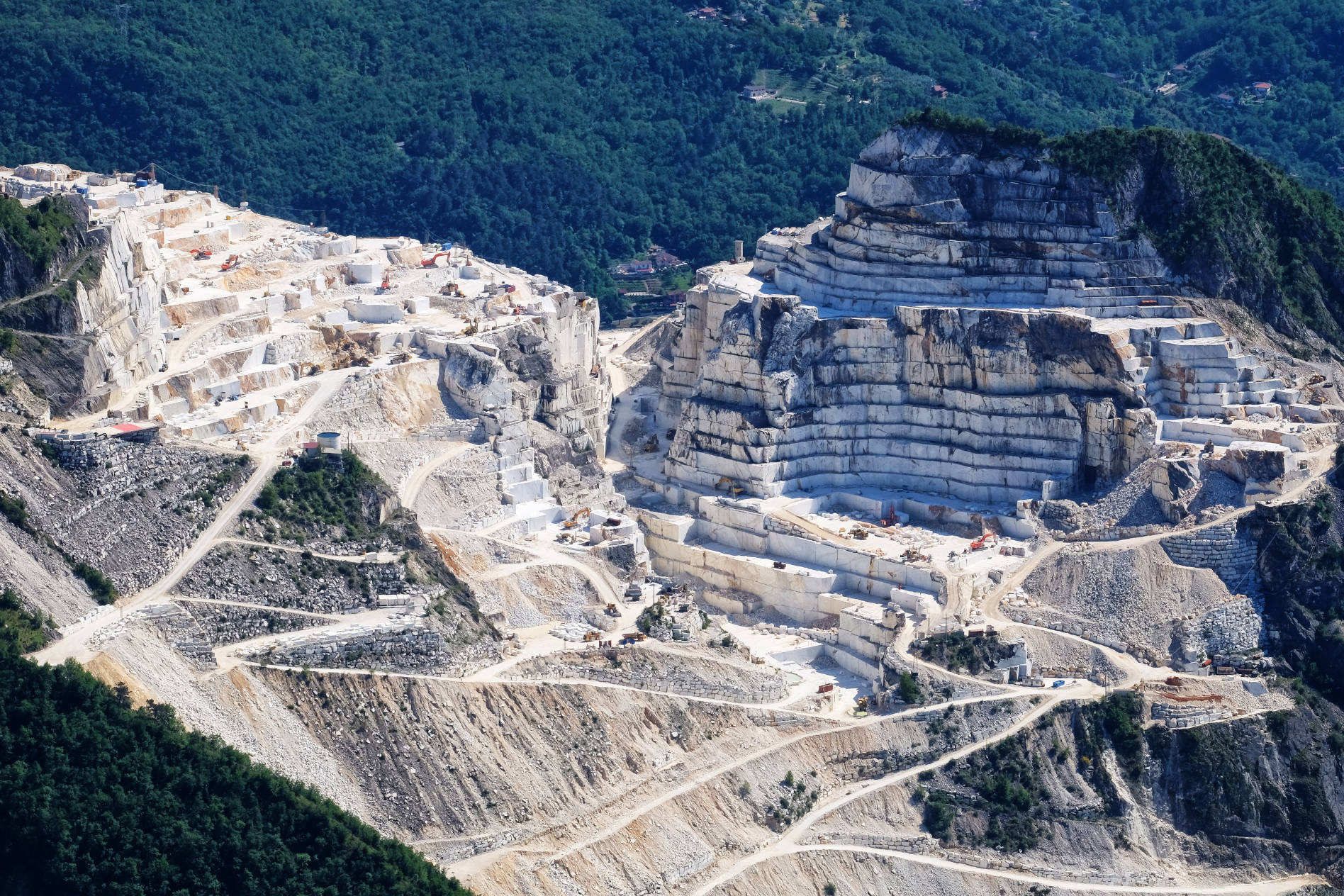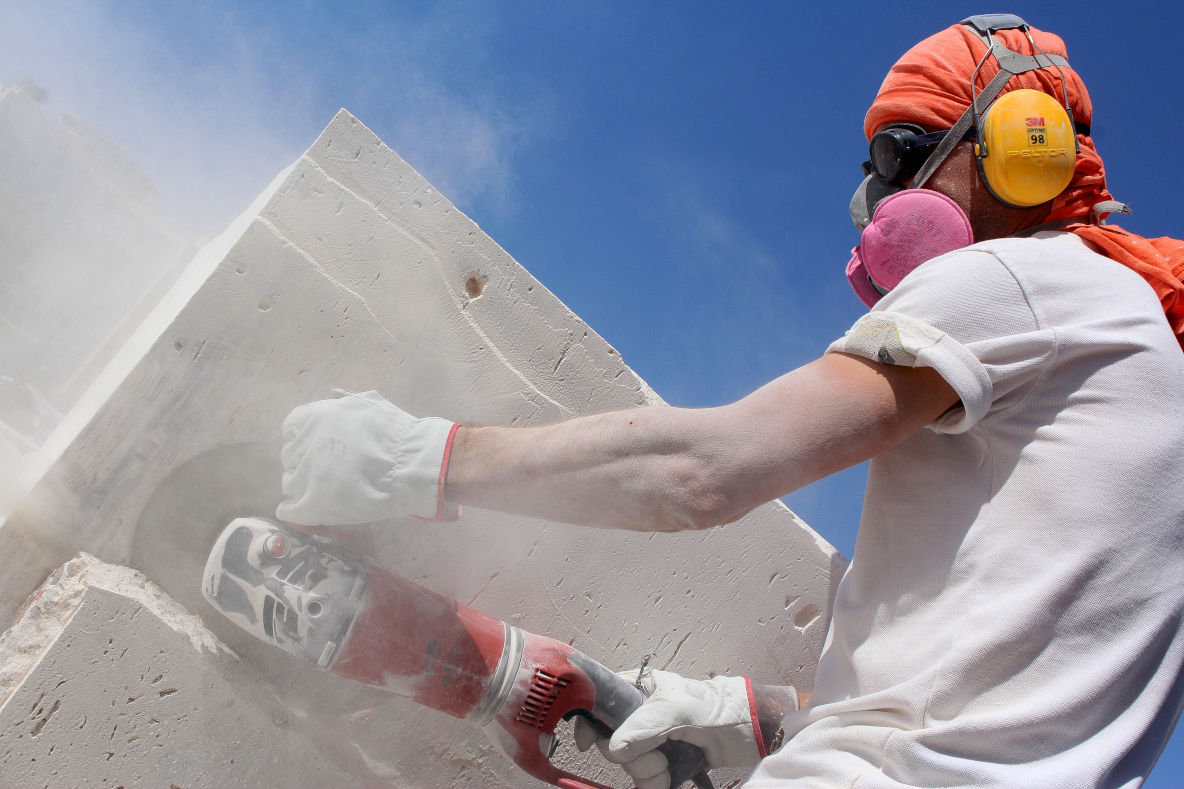

Ke kū nei ʻoe e noʻonoʻo e pili ana i ia mea, ʻo ka pōhaku maoli ke kumu o ko kākou lāhui hou i ke ʻano nui. Mai nā hale a mākou e noho nei, hana a kūʻai aku a hiki i ka ʻāina a mākou e hele ai a e holo ai, ʻaʻole paʻakikī ke noʻonoʻo i ka noho ʻole ʻana me kēia kumuwaiwai kūlohelohe.
ʻO ka huakaʻi i nā ʻano like ʻole o pōhaku maoli take from the depths of the earth and into the construction of homes, commercial buildings and roads is a fascinating one. Let us dive in and explore the origins of natural stone and how it’s made.

Hiki ke hoʻokaʻawale ʻia nā pōhaku kūlohelohe i ʻekolu mau ʻano: Igneous, Sedimentary a me Metamorphic.
Igneous rocks are the result of magma or lava solidifying and cooling, either beneath the earth’s surface or ejected from volcanoes and left to cool above-ground. Granite is the most common form of igneous stone but other kinds include basalt, dunite, rhyolite and gabbro.
Sedimentary rocks form through a combination of fragments from other rocks, along with the remains of plants, animals and other organic materials. These materials accumulate in deserts, oceans and lakes before they are compressed into their final form by the weight of the earth above them. Limestone is the most common sedimentary rock with siltstone, dolomite and shale comprising other variations.
Metamorphic rocks previously existed as igneous or sedimentary stones and were then transformed due to heat and pressure applied through exposure to magma, the weight of earth above them when buried deep underground, or a combination of both. Marble is the most famous stone of the metamorphic variety and quartzite, soapstone, gneiss and jade, among others, round out this fascinating category.

Marble Quarry ma Tuscany
Ma hope o ka mālama ʻana o ke kūlohelohe i ka hana mua i ka hana maoli ʻana i ka pōhaku, ʻo ka hana hou aʻe o ka wehe ʻana a me ka hoʻohana hou ʻana i ka pōhaku no ka hoʻohana ʻia e hana ʻia e nā lima kanaka ma nā ʻeli pōhaku a puni ka honua.
ʻO ke kaʻina hana o ka ʻeli pōhaku he nui a pono i nā mīkini ikaika me nā limahana hana ʻeli. Ma mua o ka hoʻopā ʻana i ka pōhaku, aia kahi papa inoa lōʻihi o nā hana e pono ai ke hana.
ʻO ka mea mua, pono e loaʻa i kahi hui o ka poʻe kālaihonua nā ʻāpana pōhaku ma kahi lua e hiki ke nānā ʻia. A laila, lawe ʻia kahi laʻana o ka pōhaku ma ka ʻeli ʻana i loko o ka pōhaku me nā ʻāpana wili daimana. Hoʻopili ʻia ka hāpana e ʻike inā loaʻa iā ia nā ʻano i makemake ʻia e hoʻohana ʻia i mea kūkulu hale.
Ke manaʻo nei ua kūpono ka pōhaku i ka pila no ke kūkulu ʻana, e hoʻomaka ana ke kaʻina hana lōʻihi a huki pinepine ʻia no ka loaʻa ʻana o nā laikini kūpono a me nā ʻae mai ke aupuni kūloko. Ma muli o ka ʻāina a me ka mokuʻāina, hiki i kēia ke hoʻopau i nā makahiki.
Ke hāʻawi ʻia ka ʻae hope, hoʻomaka ka hana e hoʻomaʻemaʻe i nā ʻōpala, lepo a me nā mea keʻakeʻa ʻē aʻe e keʻakeʻa ai i ke kaʻina hana ʻeli. ʻO ka hoʻohui ʻana i kēia paʻakikī ʻo ia ka nui o nā quarries e waiho ana ma nā wahi mamao a hiki ʻole ke hele, e koi ana i nā alanui āpau a me nā tunnels e kūkulu ʻia ma mua o ka hoʻomaka ʻana o ka hana maoli.
Hoʻohana ʻia ka hui pū ʻana o nā ʻili daimana, nā lama mana kiʻekiʻe a me nā mea pahū i hoʻopaʻa ʻia i ka manawa e hoʻokaʻawale i nā pōhaku mai ke alo o ka lua. ʻO ka hopena o nā poloka nui, ʻoi aku ka nui o ke kaumaha o ke kanahā mau tona, a laila lawe ʻia i kahi hale no ka ʻoki ʻana a me ka hana hou ʻana.

Pohaku Oki Mea Hana Eha
Ma ke keʻena hana, ʻokiʻoki ʻia nā poloka pōhaku i mau papa e nā ʻōpala hui kiʻekiʻe e hoʻokuʻu ana i ka wai i ka wā e ʻoki ai e hōʻemi i ka hoʻokuʻu ʻana o ka lepo. ʻOiai ka wikiwiki o kā lākou hana ʻana, ʻoi aku ka maʻamau o ka ʻike hui ma kahi o ʻelua lā e hoʻopau ai i ka ʻoki ʻana i kahi poloka pōhaku 20-ton.
A laila, hoʻouna ʻia nā papa ma o ka mīkini polishing e hāʻawi i ka hopena i makemake ʻia. ʻO Polished ka hopena maʻamau me ka honed, ka ʻili a me ka palaki ʻia nā koho ʻē aʻe e hāʻawi i nā degere like ʻole o ka ʻili o ka pōhaku.
Now that the slabs are cut to the correct size and have the desired finish, the final stage in a natural stone’s journey into your home takes place at the fabricator’s facility. Here, the stone slabs are further cut to specification for each individual project which includes shaping of the edges into the detail required for installation.
Now that you know the incredible journey that natural stone takes from deep inside the earth and into your kitchen, I’m sure you’ll agree that it is certainly worth the wait. Thanks to advancements in the industry over the years and the demand that exists for natural stone of all kinds, you don’t actually have to sit around while your marble, quartzite or granite is quarried and processed.